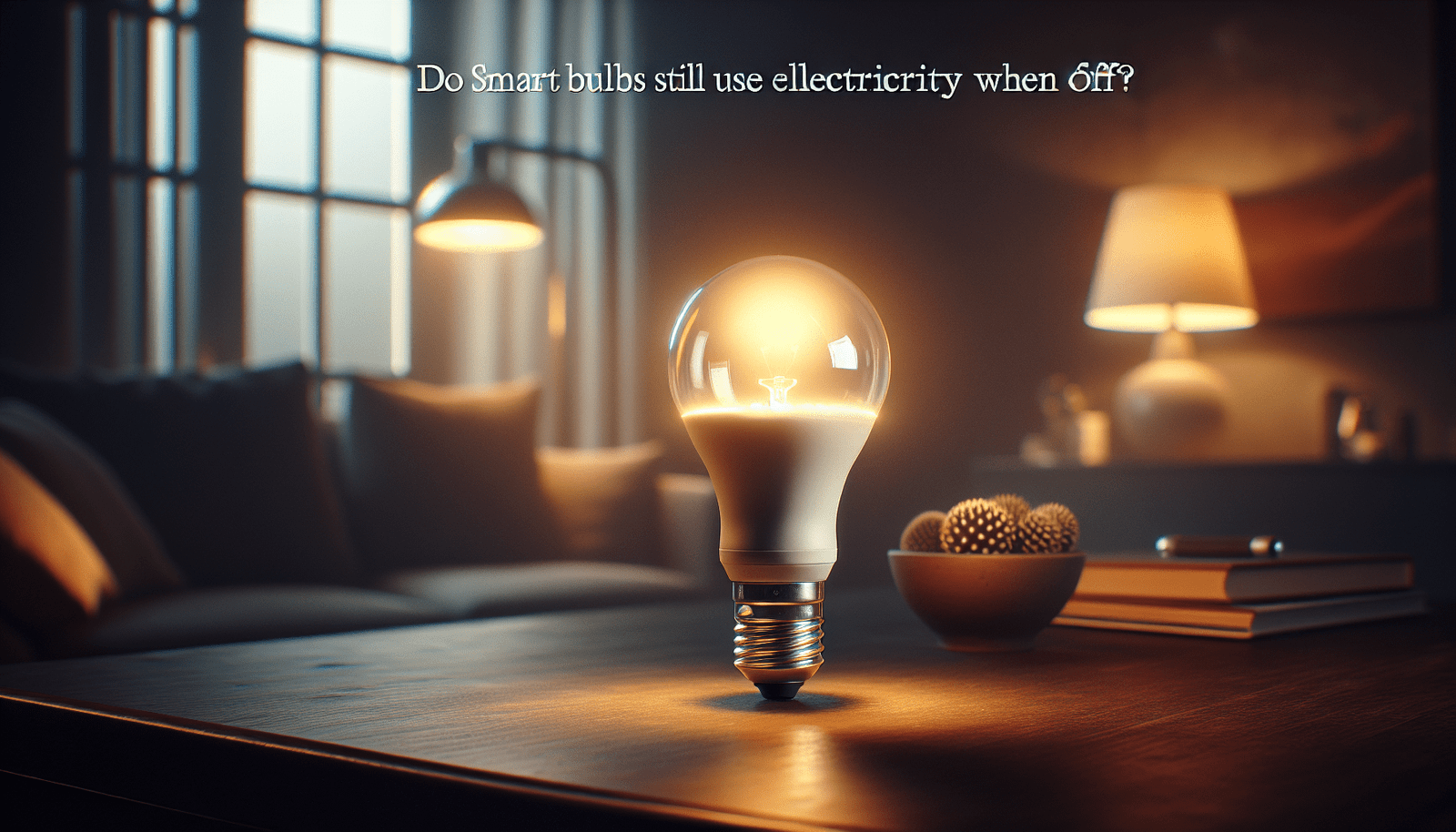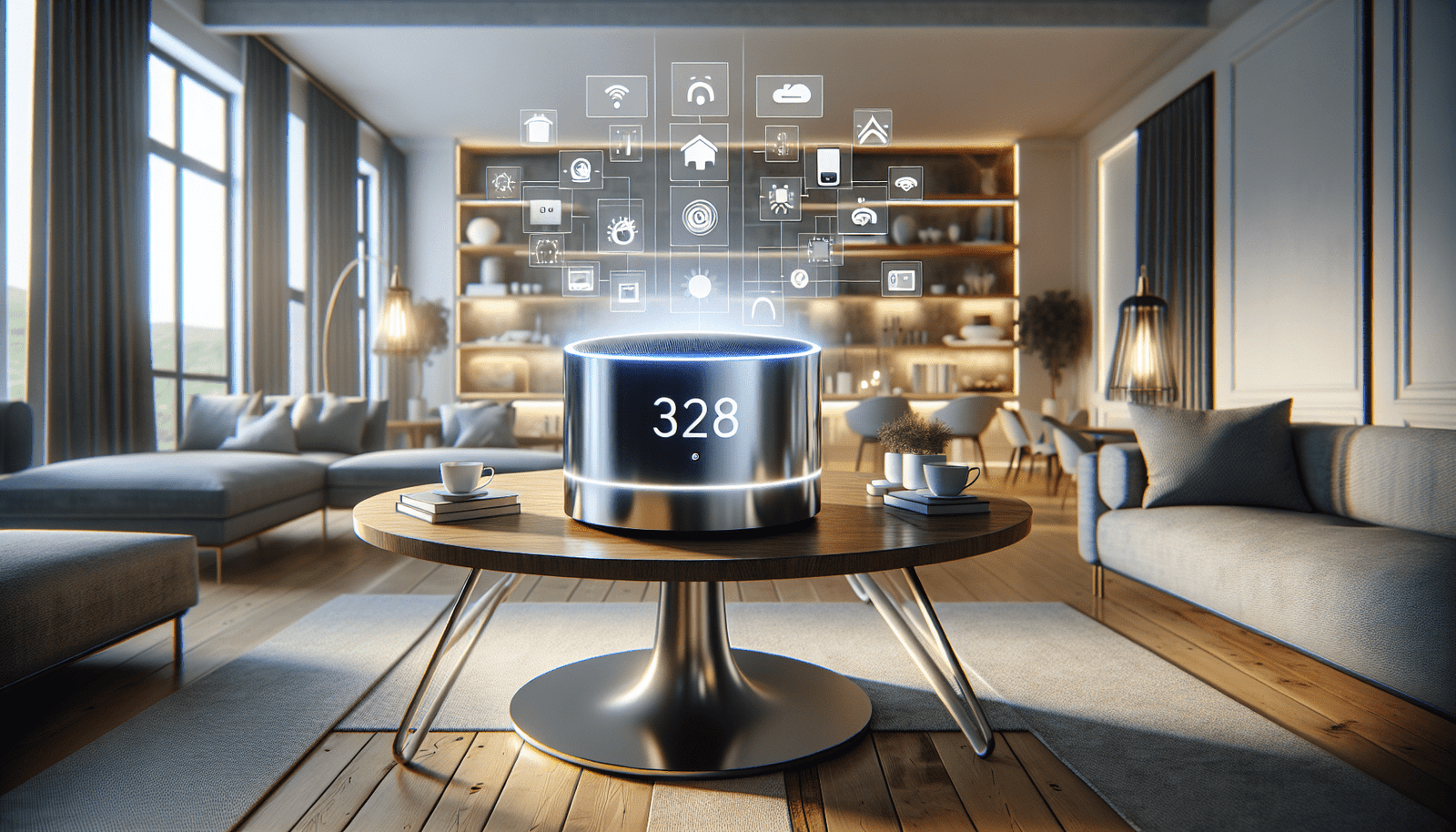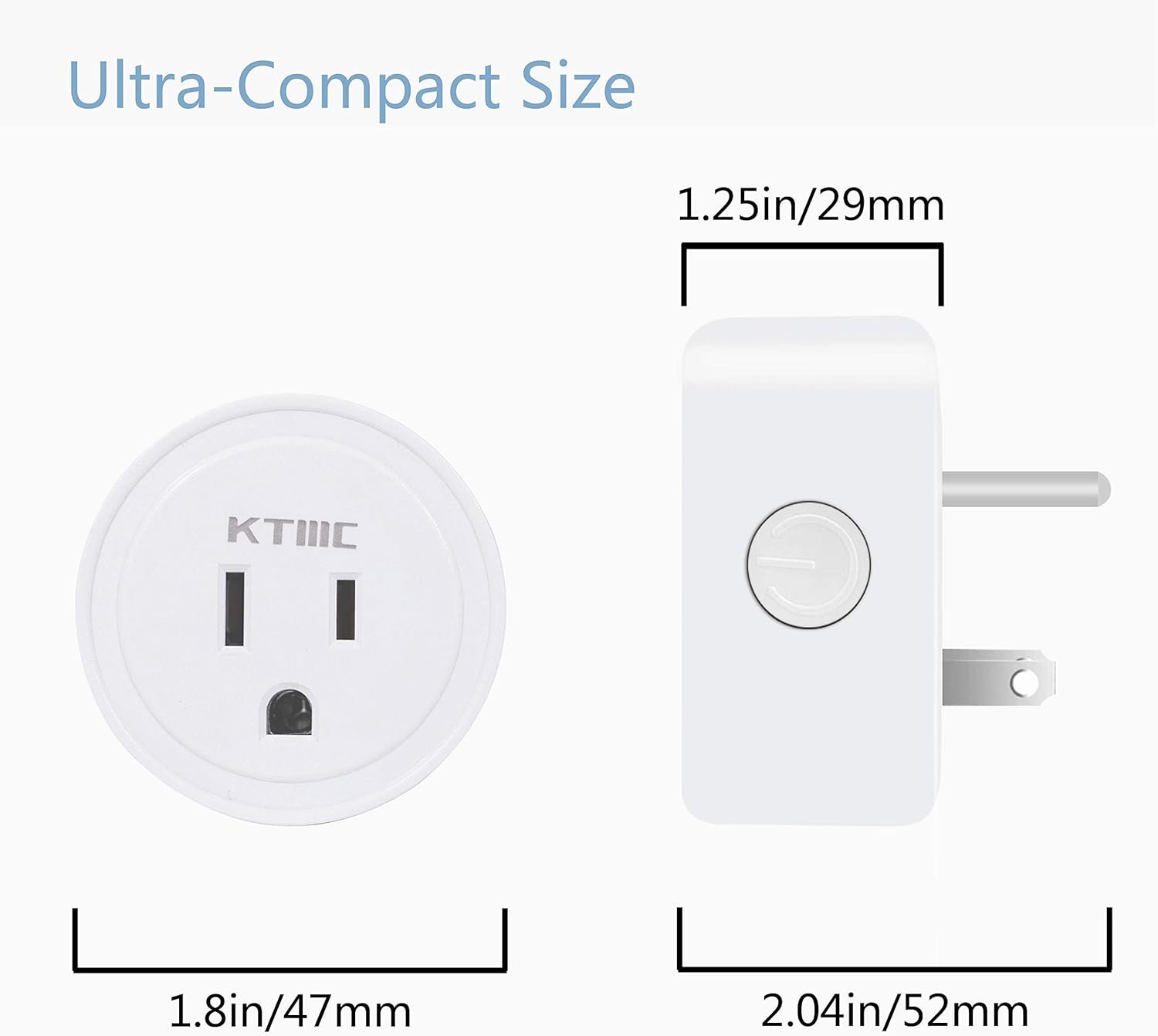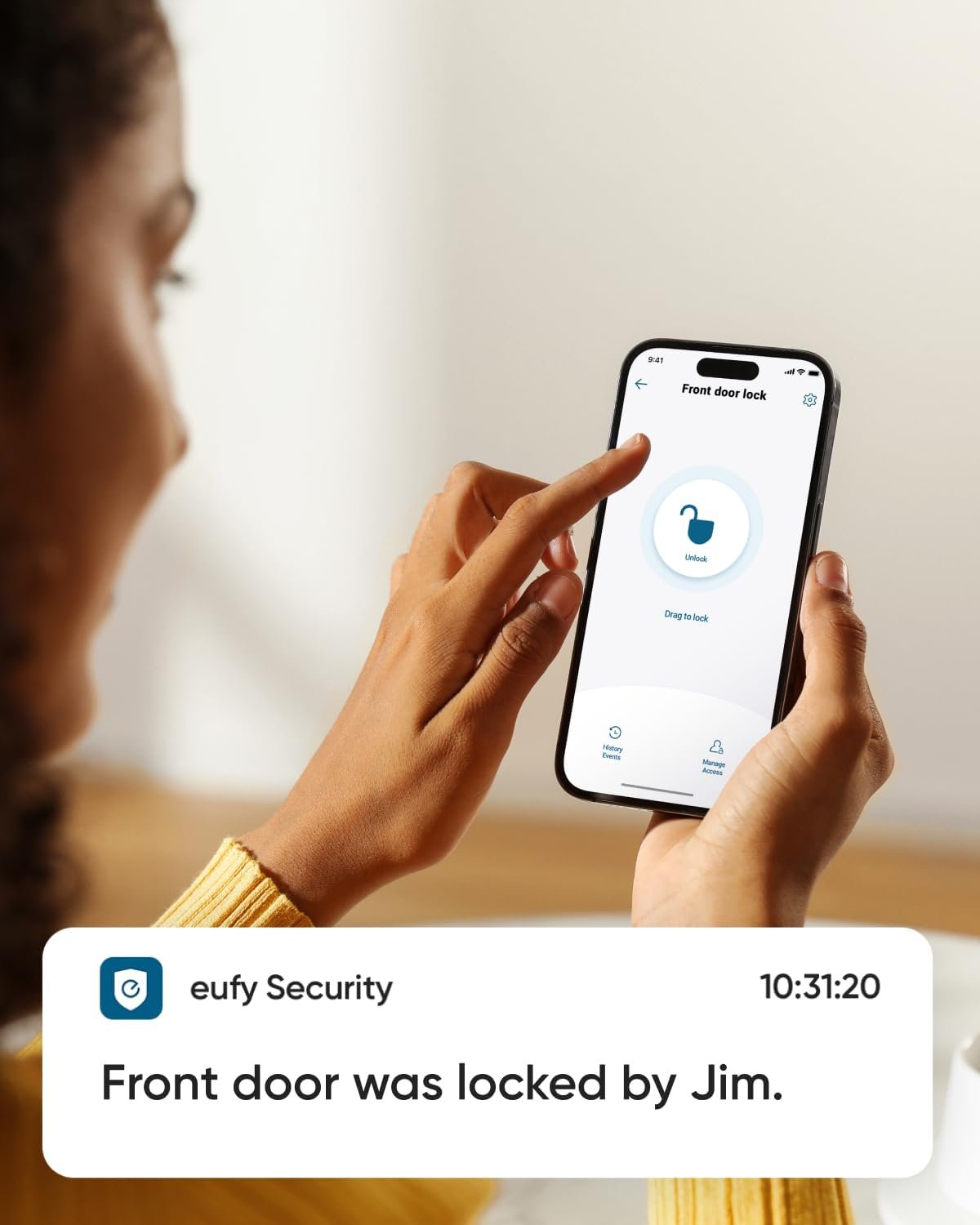Have you ever experienced the frustration of a disobedient smart home device? Whether it’s a smart thermostat that refuses to adjust or a security camera that suddenly goes offline, connectivity issues can sour the convenience of smart home living. In this article, we’ll delve into the intricacies of troubleshooting connectivity hiccups in your smart home setup, ensuring you can enjoy a seamless, connected experience.
Understanding Smart Home Technology
smart home technology refers to a suite of devices and systems that automate and enhance the functioning of a household. These include everything from lighting and climate control to security and entertainment systems, all interconnected through Wi-Fi, Bluetooth, Zigbee, or Z-Wave. This integration aims to provide convenience, security, and energy efficiency by enabling automation and remote control.
Key Components of a Smart Home
Understanding the key players in a smart home can set the groundwork for troubleshooting. These include:
- Smart Hubs and Controllers: These are the brains of your smart home, coordinating all the devices.
- Smart Devices: This category encompasses a wide array, from smart bulbs and smart locks to thermostats and cameras.
- Connectivity Networks: Wi-Fi is the most common, but others like Bluetooth or specialized networks (Zigbee/Z-Wave) are used for specific functions.
Common Connectivity Issues in Smart Homes
Often, the root of smart home issues lies in connectivity. Here’s a look at some common problems:
Wi-Fi Connection Drops
The most frequent culprit is a weak Wi-Fi signal. Consider the placement of your router and potential interference from walls, metal, or electronics.
Device Unresponsiveness
Sometimes a device just won’t respond to commands. This could be due to firmware updates or temporary server outages from the provider.
Incompatible Devices
Not all smart devices play well with each other. Understanding compatibility and integrations with platforms like Alexa, Google Home, or Apple HomeKit can prevent headaches.
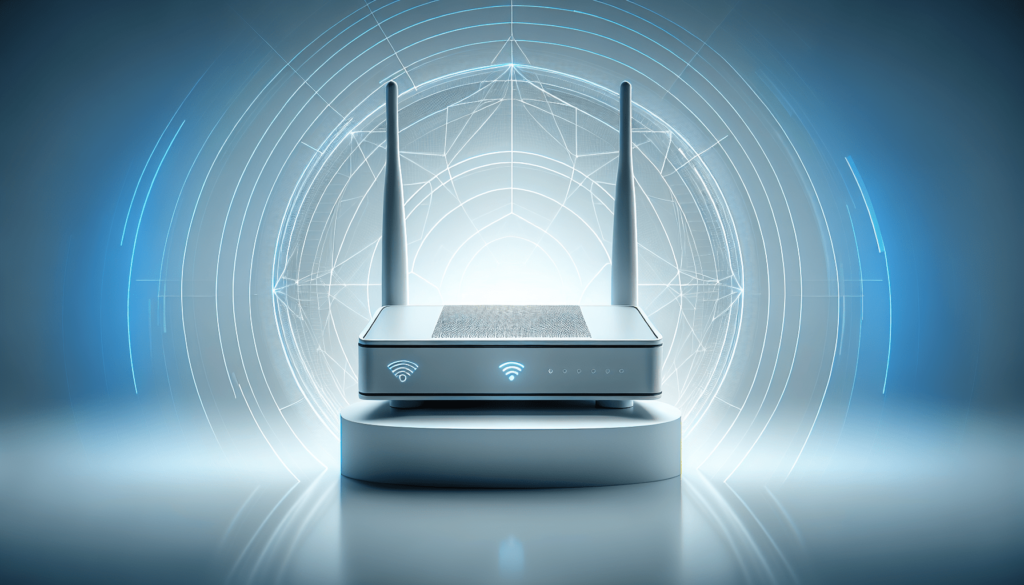
Troubleshooting Connectivity Issues
Fixing connectivity problems requires a systematic approach. Here’s how you can resolve these issues:
Step 1: Check Network Health
First, verify your internet connection. Use speed test tools to ensure you’re getting the expected bandwidth. Consider power cycling your router or relocate it to reduce interference.
Step 2: Ensure Device Compatibility
Review the compatibility of your devices. If you’re using multiple smart ecosystems, ensure they can communicate, or perhaps consolidate to a single platform for ease.
Step 3: Update Firmware and Apps
Outdated software can lead to connectivity issues. Regularly check for firmware updates for your devices and apps on your smartphones or computers.
Step 4: Reboot and Reset
Sometimes a simple reboot can resolve connectivity issues. If that doesn’t work, a reset to factory settings can lead to resolution, although it should be a last resort after all other steps have been exhausted.
Practical Setup Guides for Smart Devices
Setting up smart devices properly is crucial for avoiding connectivity issues. Let’s explore some basic setup steps.
Smart Lights
- Install the Bulb: Screw the smart bulb into the light fixture and ensure the switch is on.
- Connect to Network: Use the mobile app provided by the bulb’s manufacturer to connect to Wi-Fi.
- Automation Settings: Set schedules or integrate with voice assistants for automation.
Smart Thermostats
- Compatibility Check: Before purchasing, ensure the thermostat is compatible with your HVAC system.
- Installation: Follow the included guide or hire a professional if needed.
- Network Connection: Connect via your home Wi-Fi network for remote control features.
Smart Security Cameras
- Placement: Select strategic locations for the best field of view and minimal Wi-Fi obstruction.
- Power Source: Ensure a stable power supply, especially if not battery-operated.
- Mobile App Setup: Use the app for initial calibration and live feed access.
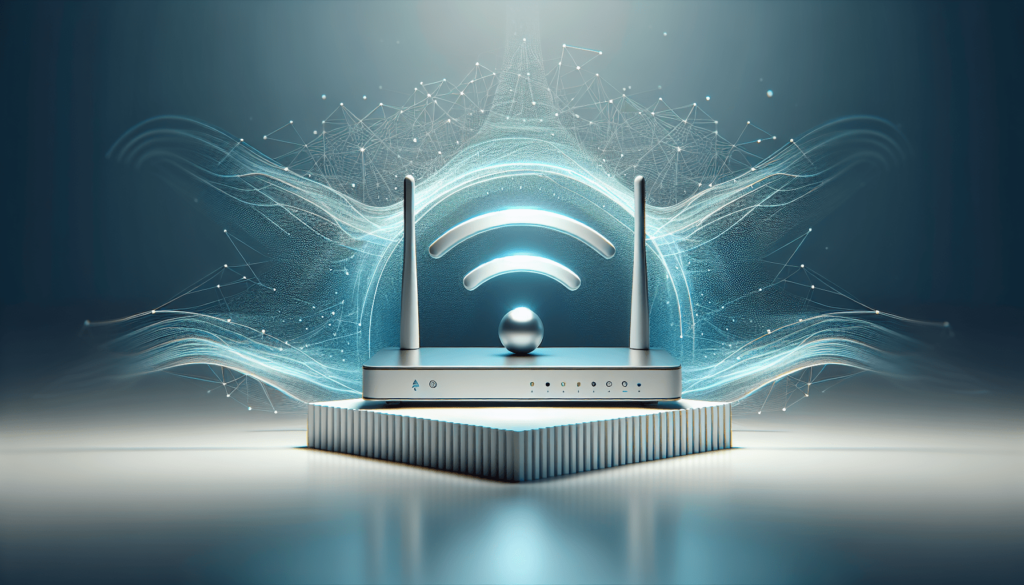
Security and Privacy Considerations
Security in smart homes is a double-edged sword; while devices offer enhanced security features, they can be security vulnerabilities if not managed properly.
Password Management
Use strong, unique passwords for each device. Enabling two-factor authentication can further secure your login credentials.
Regular Software Updates
Manufacturers release updates not only for feature enhancements but also for security patches. Always update to the latest version.
Network Security
Protect your home network by using firewalls and encryption methods like WPA3. Consider having a dedicated network for your smart devices.
Energy Efficiency and Sustainability Benefits
One of the great appeals of smart homes is their potential for energy savings.
Smart Plugs and Meters
Monitor and optimize energy use with smart plugs and meters. They can schedule devices to turn off during peak hours to save energy.
Adaptive Thermostats
Smart thermostats learn your schedule and adjust heating and cooling for energy efficiency, reducing your utility bills significantly.
Lighting Automation
Implementing smart lighting systems that adjust based on natural light or room occupancy can dramatically cut down electricity usage.
Future-Proofing Your Smart Home
With smart home technology evolving rapidly, staying updated is worthwhile.
Invest in Open Standards
Favor devices that adhere to open protocols, ensuring wider compatibility with future technologies and avoiding early obsolescence.
Scalability Considerations
Choose systems that allow easy upgrades or additions of new devices, ensuring your smart home can grow with future innovations.
Keep Abreast of Trends
Stay informed about emerging smart home trends, such as AI-driven personal assistants, energy harvesting devices, and advanced automation systems.
Payment, Returns, and Cost Considerations
While the upfront cost can be substantial, the long-term savings and convenience often justify the investment.
Understanding Costs
- Initial Purchase: Consider the cost of smart hubs, individual devices, and potential professional installations.
- Account for Energy Savings: Calculate potential energy savings over time to gauge ROI.
- Compatibility Costs: Overhauling systems due to compatibility issues can be expensive; plan your purchases carefully.
Return Policies
Familiarize yourself with return policies on smart devices, ensuring you have the flexibility to change or upgrade as needed.
Conclusion
Navigating the complexities of a smart home can be daunting, but equipped with the right knowledge, you can optimize your living space for efficiency, convenience, and peace of mind. By understanding how to troubleshoot connectivity issues, setting up your devices properly, and ensuring security, you can fully enjoy the benefits of smart home technology. Keep these insights handy as you venture into smarter living, making informed choices that suit your lifestyle and future-proof your home.

